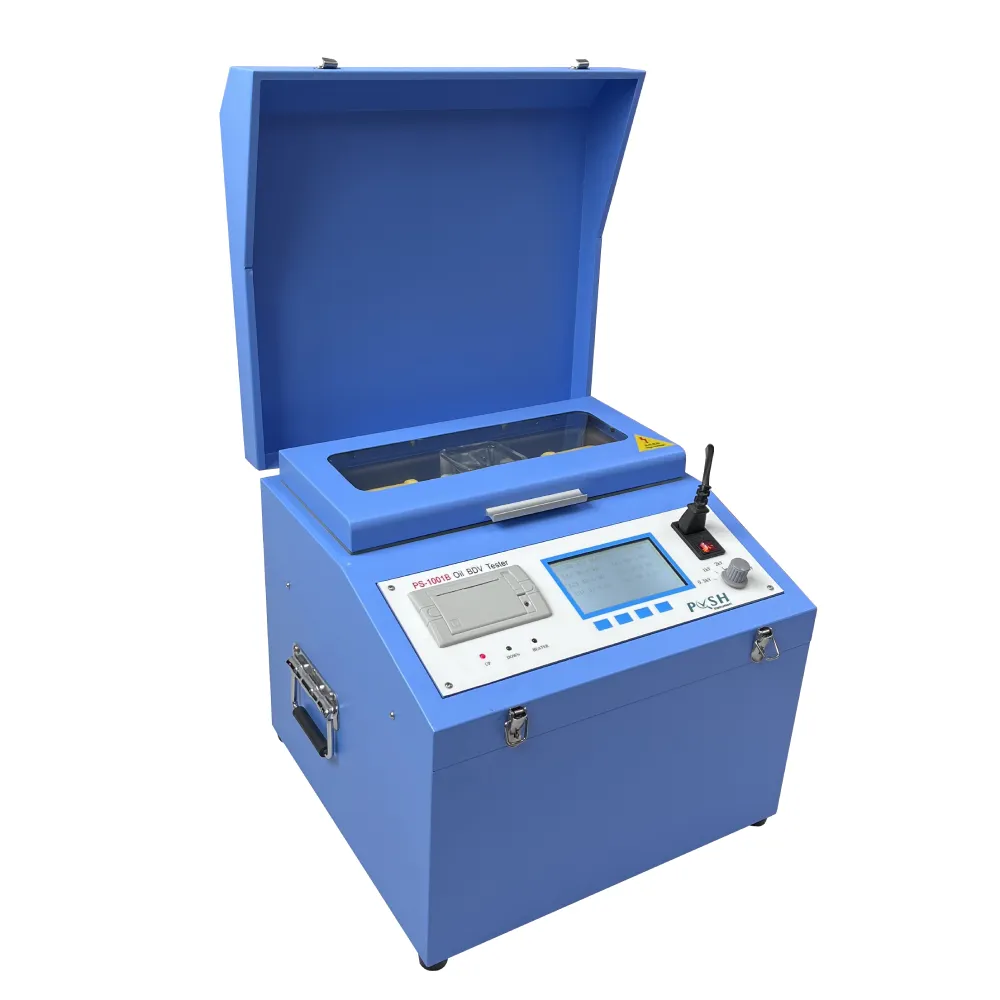 English
English


Testing Moisture Levels in Transformer Oil for Optimal Performance and Reliability
Moisture Content Test of Transformer Oil
Transformer oil, primarily utilized in electrical transformers, serves both as an insulator and a coolant. It plays a crucial role in ensuring the efficient operation and longevity of transformers. However, one of the most significant contaminants that can affect transformer oil is moisture. The presence of water can dramatically reduce the oil's insulating properties and lead to various operational problems, potentially causing transformer failure. Therefore, conducting a moisture content test is vital for the maintenance of transformers.
The moisture content in transformer oil is typically measured in parts per million (ppm) or as a percentage (%). High moisture levels can lead to the formation of acids and sludge, which can degrade the oil and contribute to the corrosion of transformer components. Moreover, excessive water can alter the dielectric strength of the oil, compromising its ability to insulate and increasing the risk of electrical discharge and short circuits.
There are several methods to measure the moisture content in transformer oil, including Karl Fischer titration, capacitive sensors, and infrared spectroscopy. Among these, Karl Fischer titration is the most widely accepted and accurate technique. This method involves the chemical reaction between water and iodine in the presence of a suitable solvent, providing precise quantification of moisture levels.
moisture content test of transformer oil

Routine testing for moisture content is critical as part of a predictive maintenance program
. Testing should be performed at regular intervals, especially in environments where transformers are subjected to temperature fluctuations, allowing moisture to enter through seals. In addition to periodic assessments, any unexpected outages or performance issues should trigger immediate testing for moisture levels.The results from moisture content tests provide essential insights into the health of the transformer and the effectiveness of the oil. If the moisture content exceeds acceptable thresholds (typically more than 10-15 ppm), corrective actions should be taken, which may involve oil purification processes to remove water. Techniques such as vacuum dehydration or filtering can effectively reduce moisture levels, restoring the oil's integrity.
It is important to note that maintaining appropriate moisture levels in transformer oil is not just about enhancing performance; it also relates to safety and regulatory compliance. High moisture levels can lead to hazardous situations, including the risk of fires or explosions under certain conditions. Consequently, regular monitoring of moisture content is not only a matter of operational efficiency but also of ensuring a safe working environment.
In conclusion, the moisture content test of transformer oil is a critical procedure that every transformer operator should prioritize. Regular testing and maintenance can help prevent serious operational issues, ensuring the reliability and longevity of transformer systems. Continuous advancements in testing technologies and purification methods will further aid industries in effectively managing moisture content, ultimately enhancing the performance and safety of electrical transformers.
-
Differences between open cup flash point tester and closed cup flash point testerNewsOct.31,2024
-
The Reliable Load Tap ChangerNewsOct.23,2024
-
The Essential Guide to Hipot TestersNewsOct.23,2024
-
The Digital Insulation TesterNewsOct.23,2024
-
The Best Earth Loop Impedance Tester for SaleNewsOct.23,2024
-
Tan Delta Tester--The Essential Tool for Electrical Insulation TestingNewsOct.23,2024





